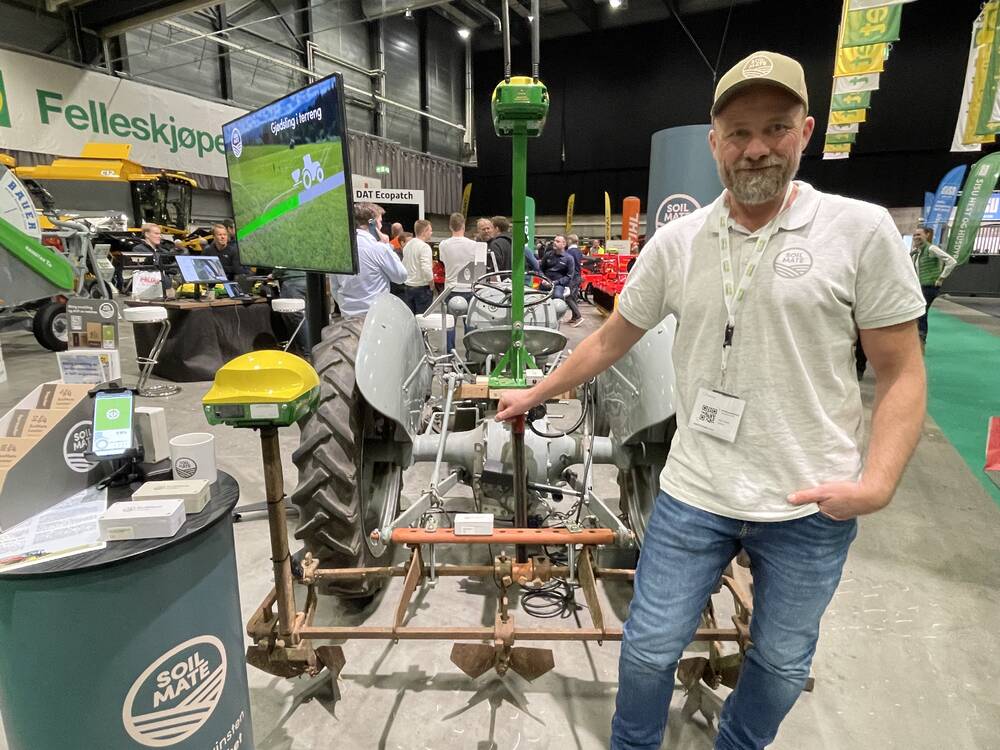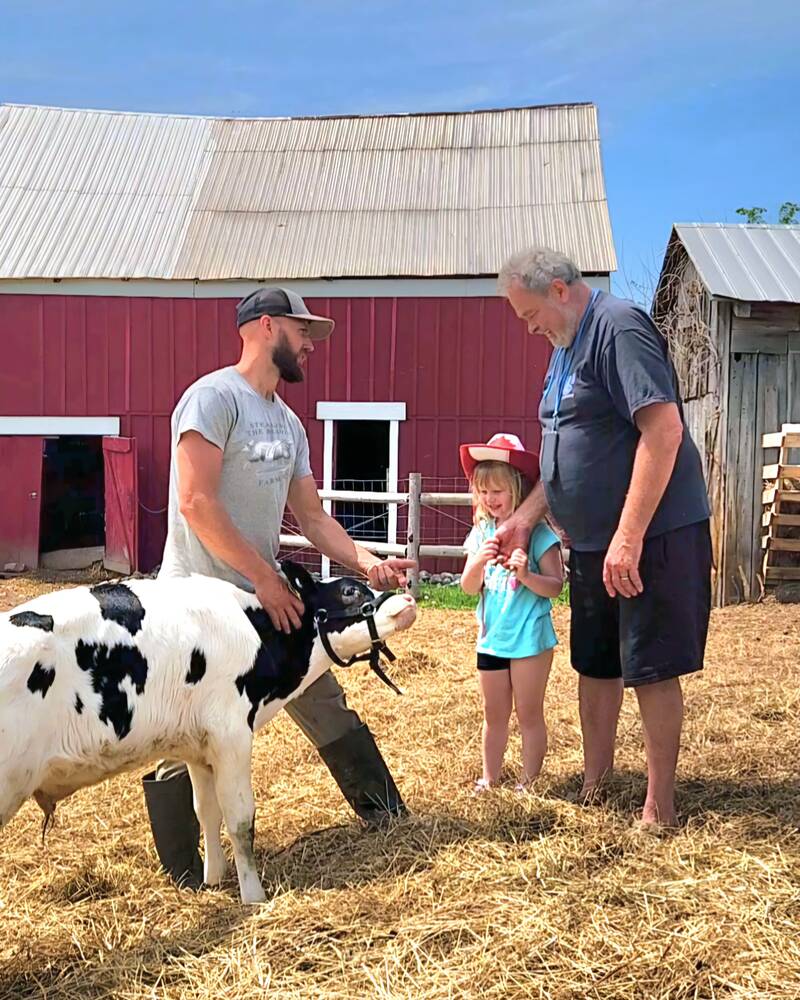SoilMate example of a simple innovation that can yield success

As a farm writer covering innovation, I’m always interested in learning about the latest new thing – and rarely miss an opportunity to visit a farm show if the chance comes up.
Read Also


Agritourism set to grow with provincial funding, new law
Agritourism operators in Ontario will now benefit from provincial government funding and have gained new legal protection to shield them from potential liability.
Why it matters: Farmers around the world face similar challenges and solutions can often be found by learning and adapting ideas and innovations others have come up with.
That’s particularly true of international events, which offer an especially fascinating glimpse into what farmers and the agriculture sector in other countries are focused on.
This past fall, I had the opportunity to spend a day at Agroteknikk, Norway’s largest farm show. Founded in 1997 by the Norwegian Tractor and Agricultural Machinery Importers Association and held every three years just east of Oslo, it’s grown into a popular showcase of agricultural innovation of all kinds.
Although I had never visited this show before and the din of voices chattering away was in Norwegian and not English, there was an oddly familiar feel to wandering the exhibit halls: shiny new equipment, swag giveaways and farmers – often accompanied by their families – visiting with each other and with exhibitors.
The innovation themes, too, had an air of familiarity: increasing efficiency, reducing costs, addressing labour shortages, and lowering environmental impacts.
Only about three per cent of Norway’s land is suitable for farming, and its northern location and short growing season limit production, particularly of fruits and vegetables.
Despite these challenges, the government places a high priority on self-sufficiency, farmers work hard to produce 80 to 90 per cent of Norway’s beef and lamb consumption, and 60 per cent of its grain and potato needs.
Grass-based livestock production of dairy, beef and sheep is the backbone of Norway’s agriculture, and that was evident in the high number of exhibitors at Agriteknikk focused on forage.
Silage, bale wrap and other technologies offering solutions figured prominently amongst the more traditional displays of tractors, harvesters, and other large farm equipment.
As a high-cost producer, however, Norwegian agriculture is also marked by an air of pragmatism and simplicity.
“You don’t always need a new machine for everything,” said Ole Mørch, partner and chief technology officer of a Norwegian start-up called SoilMate.
His display promoting a sensor-based innovation using a small, old-style tractor had caught my attention and I couldn’t help but ask for more information.
“Sometimes, back-to-basics is the best way to make a difference and be more sustainable,” he noted, adding that this approach can also be a cost-saver without requiring a large investment by farmers.
Five years ago, Mørch and his two partners founded SoilMate, a simple and low-cost sensor-based technology that will help farmers keep equipment level in the field regardless of the terrain.
Sensors on both the implement – whether cultivator, plow or fertilizer spreader – and the tractor monitor the angles of the machines relative to the ground, allowing for adjustments on-the-go to ensure a higher level of precision, whether when creating a seedbed or applying fertilizer.
According to Mørch, spreader angle is important to ensure fertilizer goes where it is supposed to. It’s an expensive input to waste and with environmental regulations around agricultural nutrients, emissions and run-off tightening, farmers must be more aware of their use.
“If you are more precise in your fertilizer application and put it where it should go, you will use less – which lowers your costs and helps meet sustainability targets,” he said. “This is a back-to-basics technology that is easy to install and can be used on any tractor.”
It’s also relatively inexpensive at approximately US$1500 for a single system, which their internal testing has shown farmers with at least 500 acres can recoup in about one year through fertilizer savings.
The company is now selling the technology through the largest ag retailer in Norway and has just participated in a Norwegian government trade mission to Japan.
They’re also interested in connecting with farmers and dealers in Canada, Mørch noted, due to the similarity in climate and growing conditions between regions of the two countries.
Source: Farmtario.com

